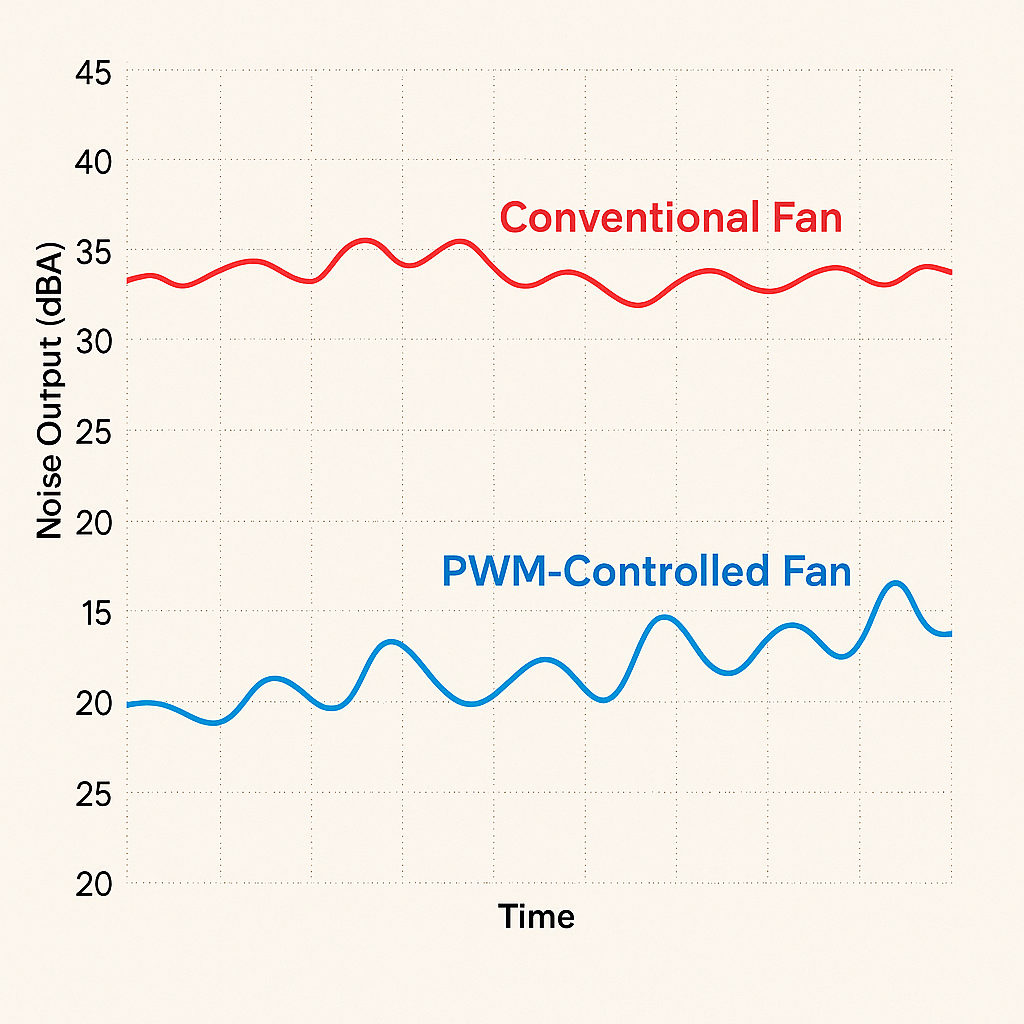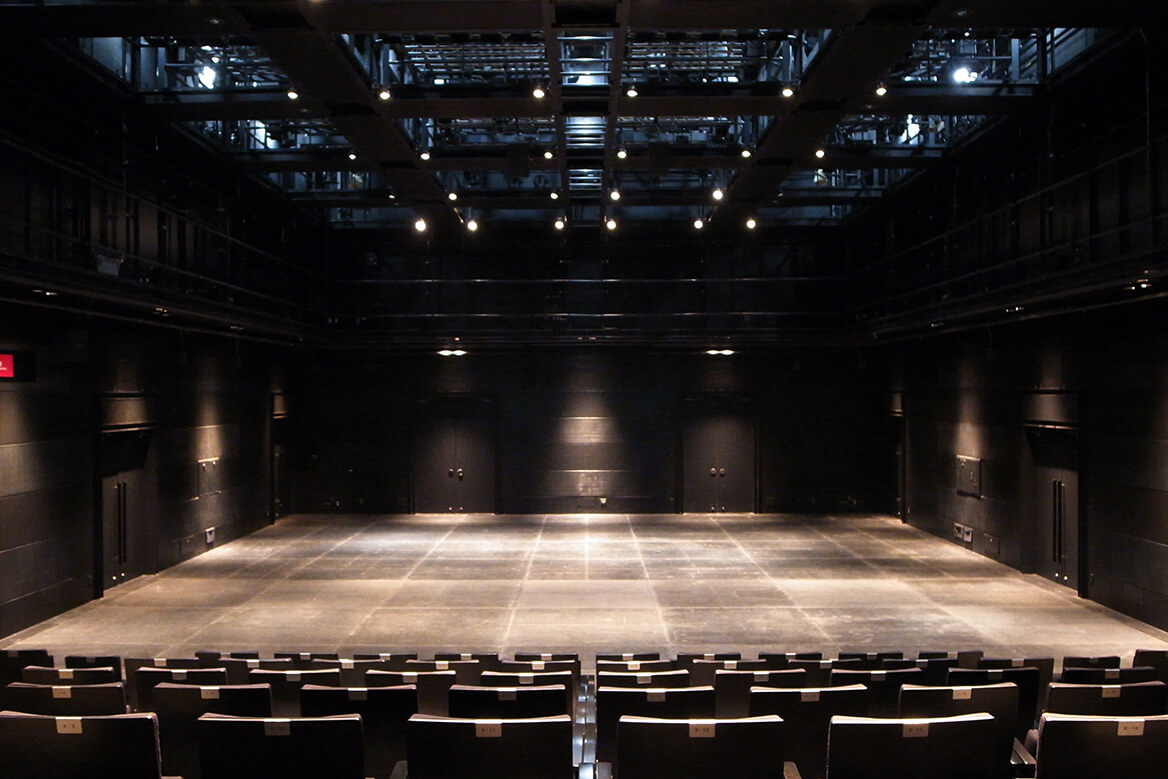Strategies for Silent Performance in Theaters, Studios, and Installations
In many stage and studio environments, lighting design is not only about brightness, color, and motion—but also silence. The rise of enclosed lighting systems, such as architectural-integrated fixtures, studio lighting with casing, or compact touring heads, introduces new challenges in managing noise output.
As venues increasingly demand whisper-quiet operation for sensitive performances—whether in drama theaters, recording studios, or immersive art installations—understanding how to reduce fixture-generated noise becomes essential. This article explores the main sources of noise, their impact, and practical solutions for engineers and lighting designers.
1. Why Noise Matters in Modern Lighting Design
In traditional concert or live show settings, fixture noise is often drowned out by sound reinforcement. But in acoustic theater, spoken word events, or filmmaking environments, even the soft hum of a fan can be distracting.
Enclosed lighting systems tend to trap and reflect mechanical sounds, making them more noticeable to performers, audiences, and microphones. Common complaints include:
Subtle fan whirring during quiet scenes
Stepper motor noise in moving heads
Relay clicking in fixtures with switching functions
High-frequency coil or transformer buzz
The goal is to minimize acoustic footprint without sacrificing lighting performance or fixture safety.
2. Major Sources of Noise in Lighting Fixtures
Understanding where noise originates helps inform mitigation strategies. In enclosed lighting systems, typical contributors include:
● Cooling Fans
High-speed fans are the most common noise source. Their noise level is affected by blade design, motor type, and air resistance inside the enclosure.
● Stepper Motors
Used in pan/tilt, zoom, iris, and gobo modules. Rapid or abrupt step movements generate a mechanical “ticking” or grinding sound.
● Power Supplies
Electronic ballasts, transformers, and switching regulators may produce coil whine or harmonic vibrations under certain loads.
● Material Resonance
Metal casings and plastic panels may amplify vibrations or act as resonators inside the enclosure.
3. Strategies for Reducing Fixture Noise
A. Thermal Optimization to Eliminate Fan Dependence
By improving thermal efficiency, it may be possible to eliminate fans entirely or reduce their speed dramatically. Techniques include:
Passive Heat Sink Design: Enlarged heat sinks with high surface area reduce the need for active cooling.
Graphene/Carbon Thermal Pads: Modern materials offer better conductivity with reduced bulk.
Intelligent LED Management: Running LEDs below 100% output significantly reduces heat and may allow for fanless operation in low-power modes.
B. Fan Control and Replacement
If fans are necessary, consider these approaches:
Temperature-Responsive PWM Fans: Instead of always-on full speed, pulse-width modulation allows fans to ramp up only when needed.
Low-RPM or Silent Fans: Choose industrial-grade models with noise ratings under 20 dBA.
Acoustic Insulation of Fan Chambers: Adding foam or fiber around fan housings can reduce airborne vibration.
Ensure any modification preserves airflow and does not violate safety standards.

C. Motor Noise Management
Stepper motors are notoriously noisy at higher acceleration rates or with abrupt start/stop sequences. Mitigation methods include:
Microstepping: Drives motors with smoother motion profiles, reducing mechanical clicking.
Acceleration Curves: Using lighting control consoles or onboard software to ease into motion.
Mechanical Dampers: Adding rubber or silicone isolation mounts to moving modules.
D. Vibration Isolation and Material Damping
Sometimes, the noise isn’t from the source itself, but from how it’s transmitted through the fixture.
Floating Mount Systems: Decouple motors and fans from the main chassis.
Anti-Resonance Panels: Apply damping sheets to large flat surfaces.
Rubber Feet or Isolators: Prevent vibration from transferring to trusses, ceiling grids, or speaker platforms.
E. Power Conditioning and Supply Upgrades
Audible coil whine or transformer buzz often results from poor power quality. Solutions include:
Use of Clean Power or UPS Systems
Upgrading to Modern Switching PSUs
Adding EMI/RFI Filters
Low-load transformer hum can also be mitigated by redesigning circuits to operate closer to nominal load.
4. Venue-Specific Considerations
Noise tolerance varies greatly by venue type:
| Venue Type | Noise Sensitivity | Recommended Noise Strategy |
|---|---|---|
| Black Box Theaters | High | Fanless fixtures, motor dampening |
| Live Concert Halls | Low | Standard cooling, minimal acoustic treatment |
| TV Studios | High | PWM fans, damped gobo/prism rotation |
| Museum/Installation | Very High | Passive-only systems, absolute silence required |
Designers should assess ambient sound levels and microphone pickup patterns when choosing or modifying fixtures.

5. Measuring and Testing Fixture Noise
To quantify improvements, noise levels should be measured under realistic conditions:
Sound Pressure Level (SPL) in dBA from 1 meter
Use of directional microphones to isolate sources
Testing across multiple fixture angles and modes (idle, movement, color change)
Typical quiet-room tolerances fall under 30 dBA. Silent fixtures should aim for under 20 dBA at idle.
READ MORE:





Blue Sea Lighting is an enterprise with rich experience in the integration of industry and trade in stage lighting and stage special effects related equipment. Its products include moving head lights, par lights, wall washer lights, logo gobo projector lights, power distributor, stage effects such as electronic fireworks machines, snow machines, smoke bubble machines, and related accessories such as light clamps.
Quick Links
For more questions subscribe to our email








